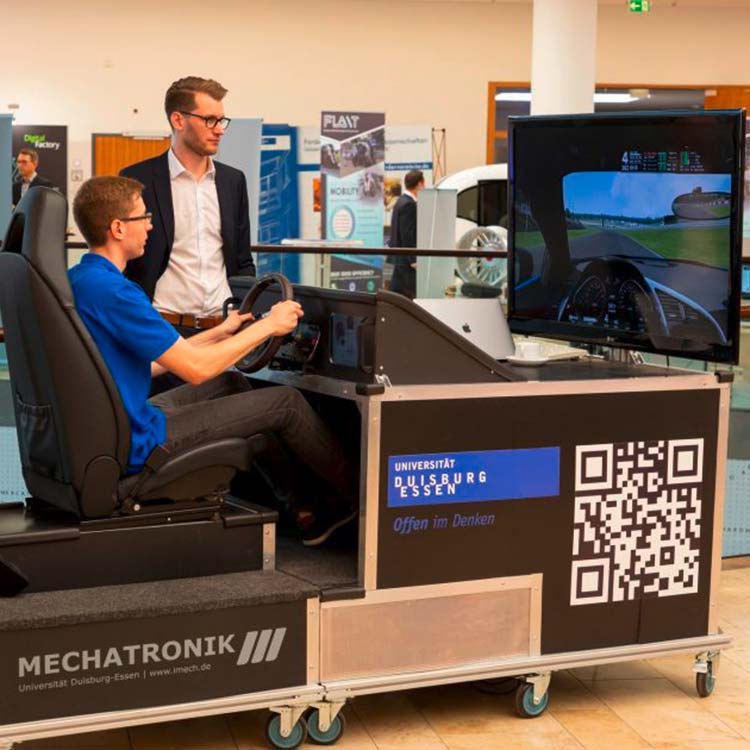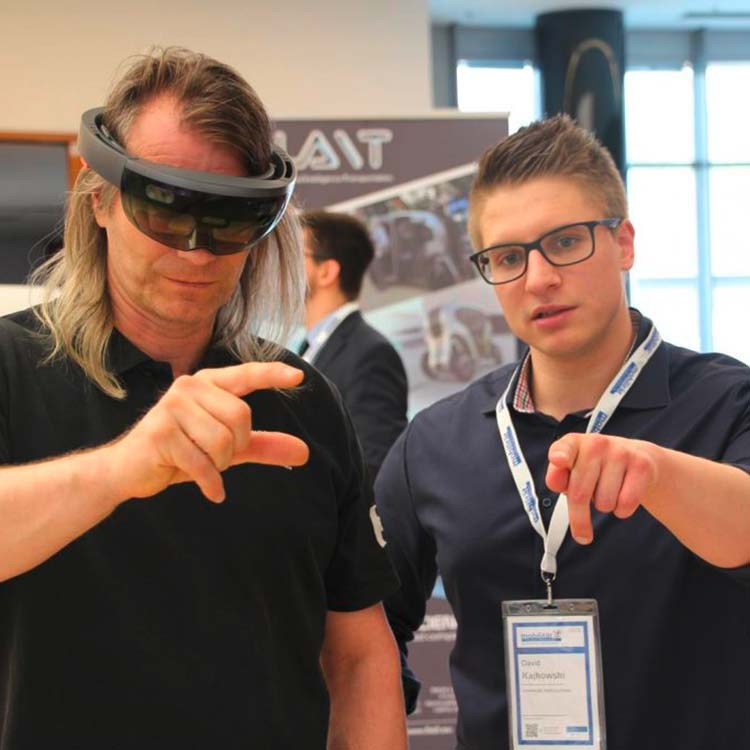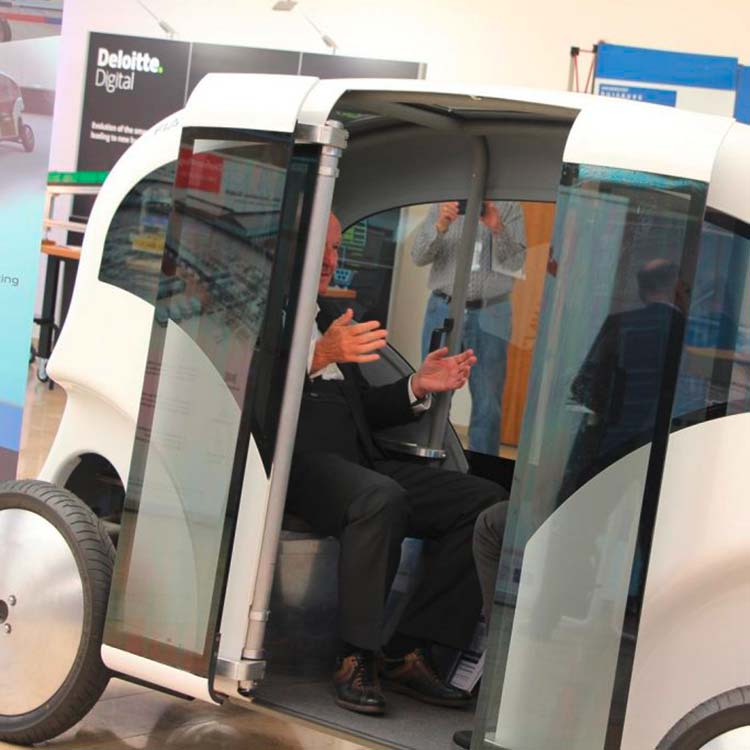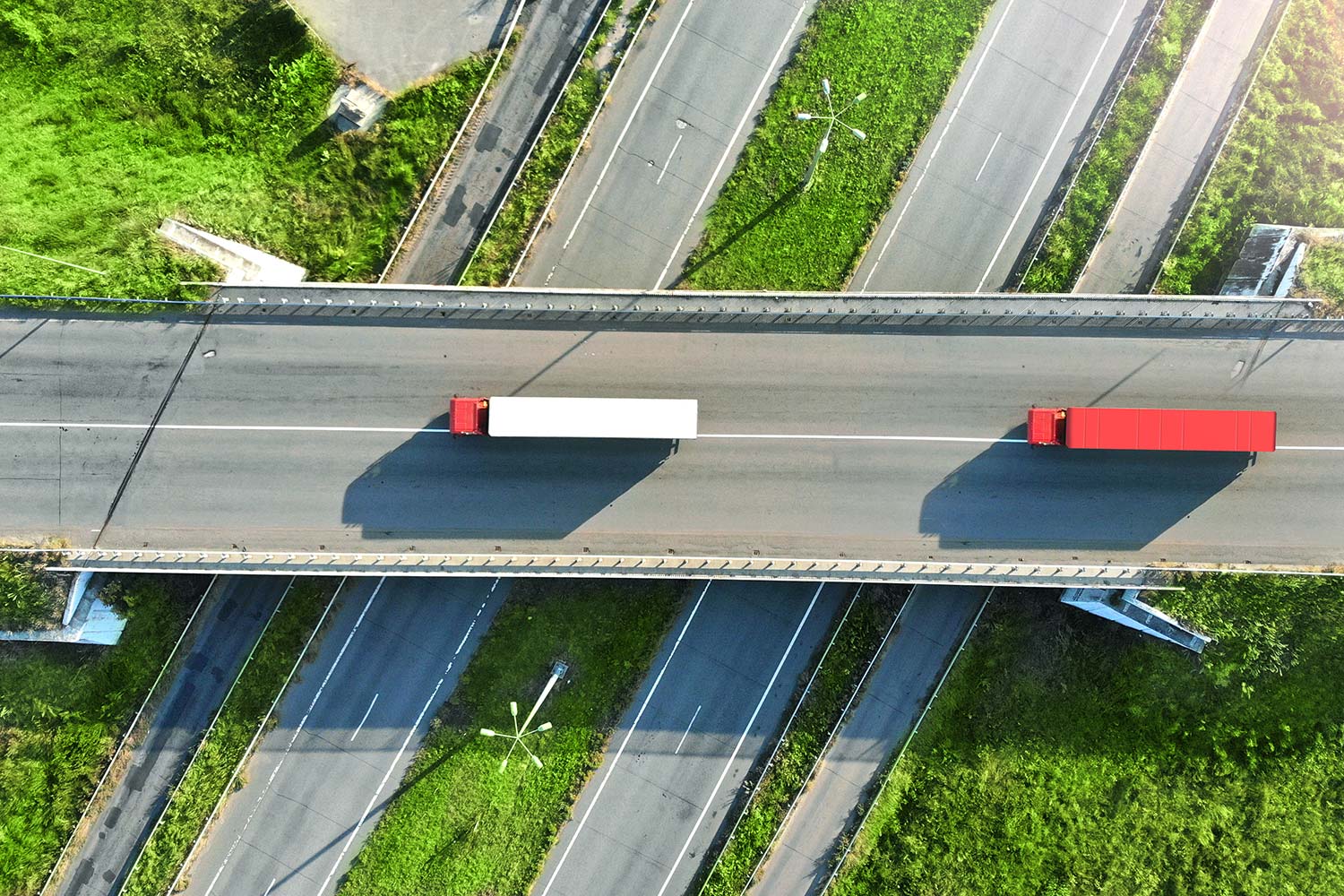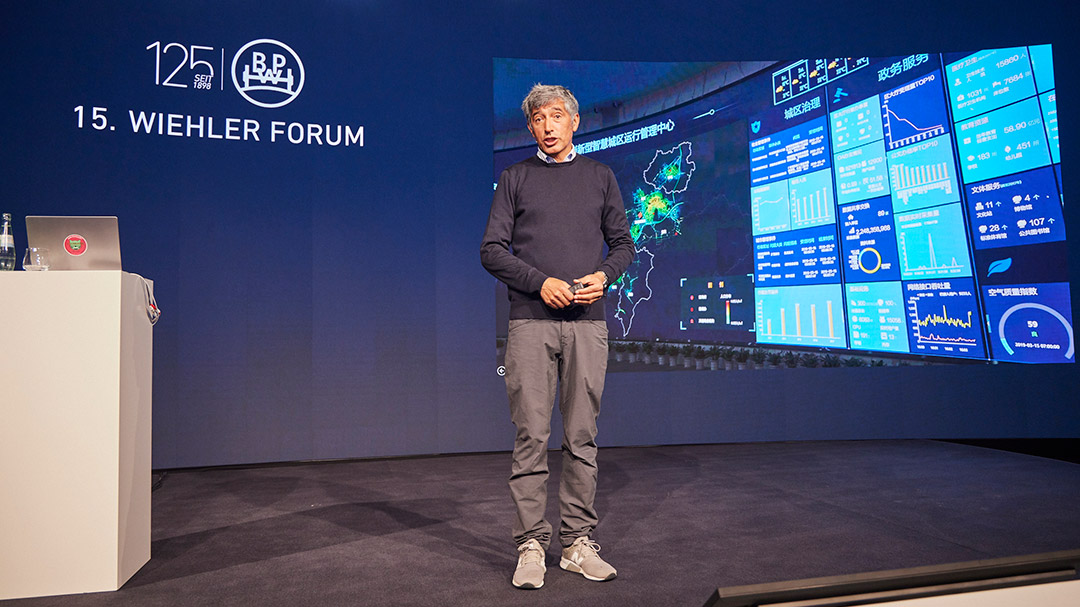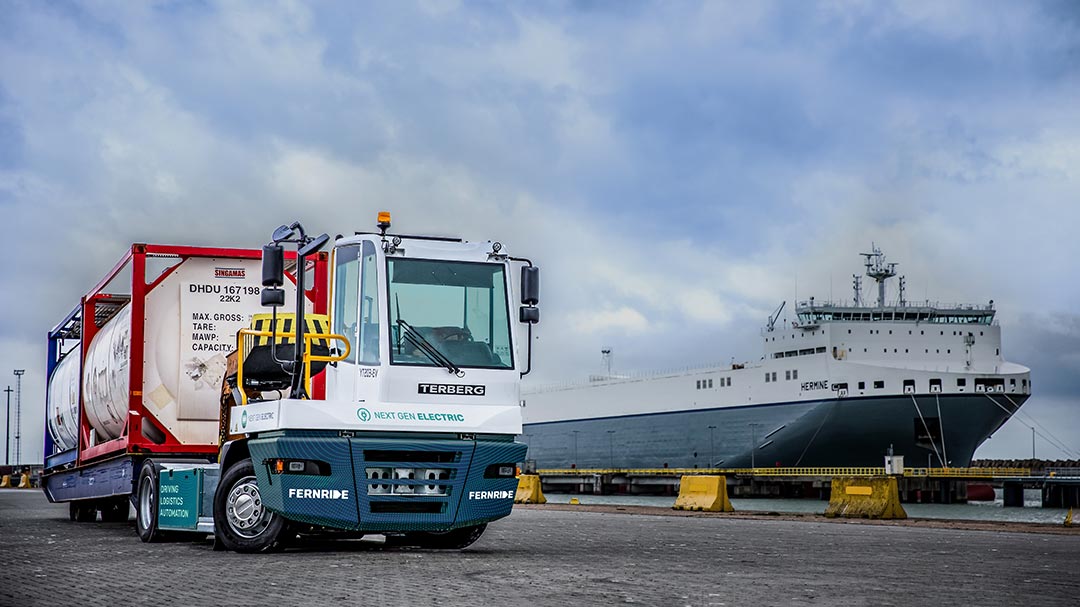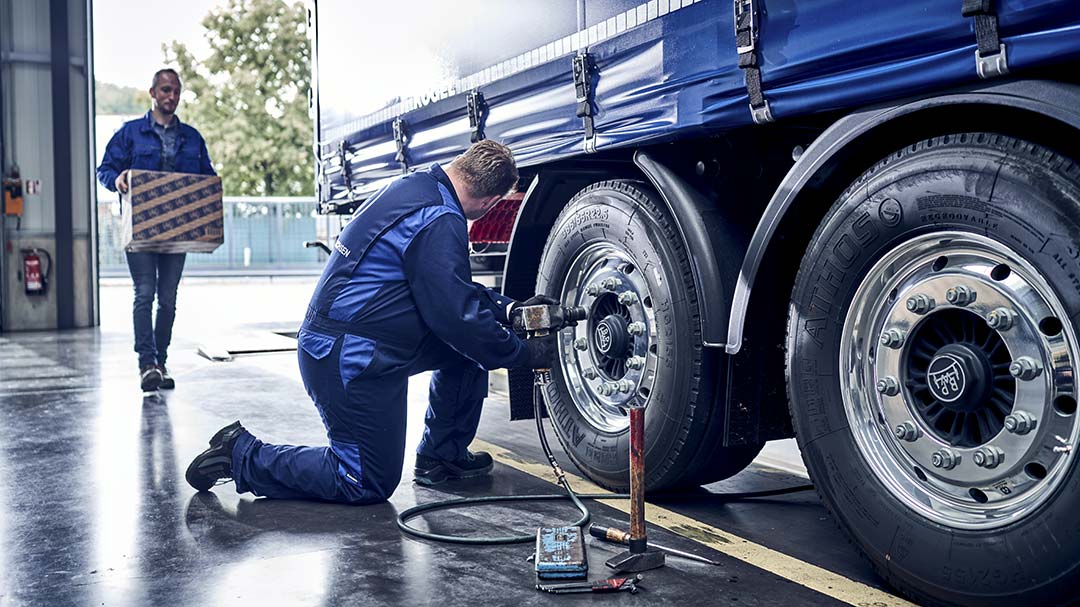Text: Oliver Schönfeld
Photos: iStock, BPW
The mobility of tomorrow is smart, networked, electrified and automated – and the implementation is already much further along than some would expect: This is how the findings of the 13th Mobility Science Forum at the University of Duisburg-Essen can be summarized.
»Mobility must become better, safer and cleaner.«
Hendrik Wüst, Transport Minister of North Rhine-Westphalia
Smart solutions for the last mile
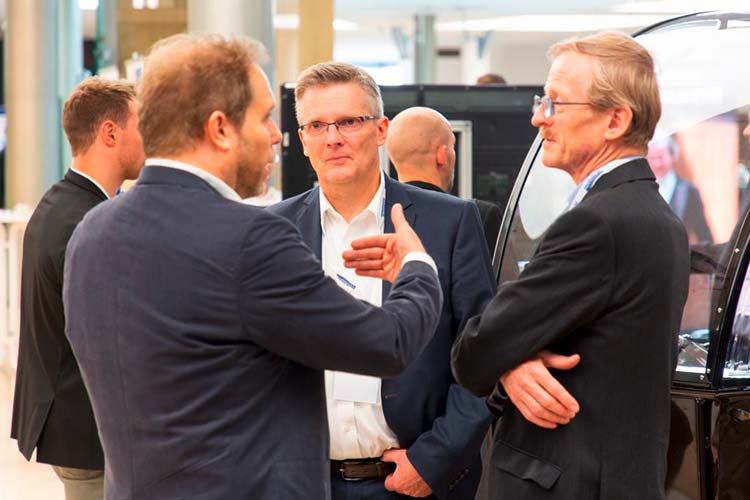
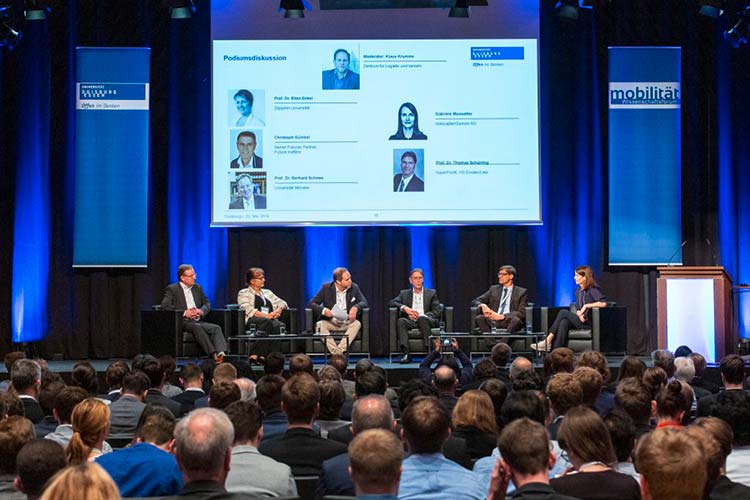
Hyperloops and their function in intermodal transports
More security and efficiency through strong data networks
